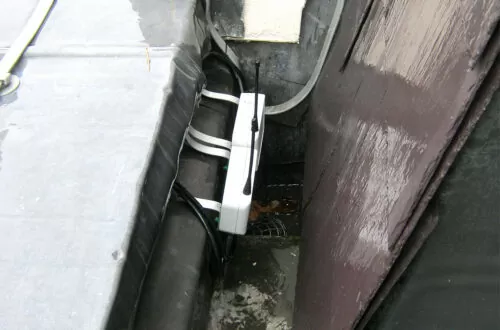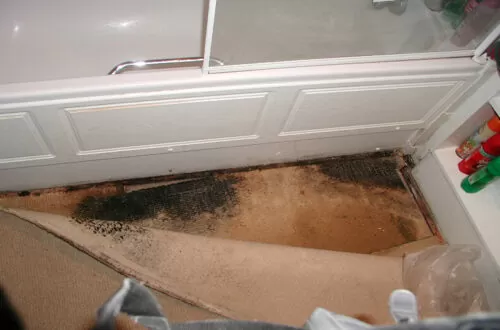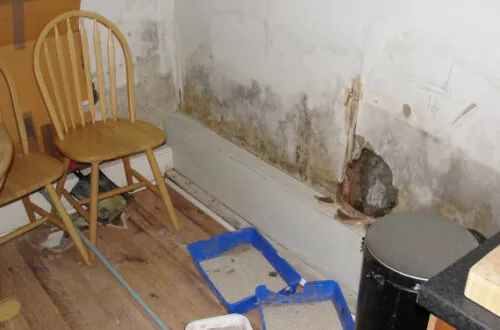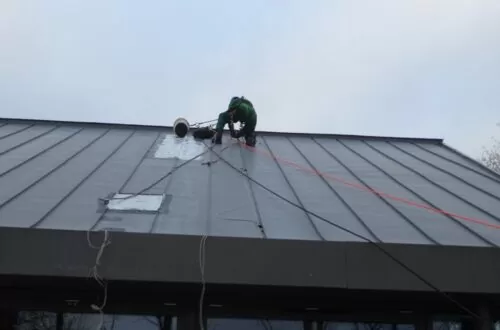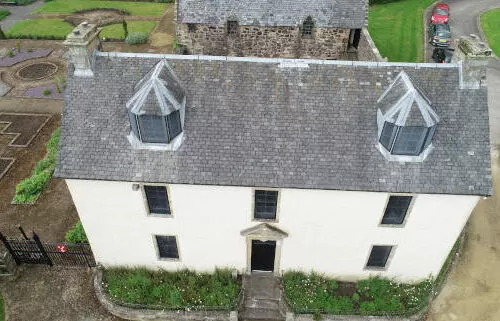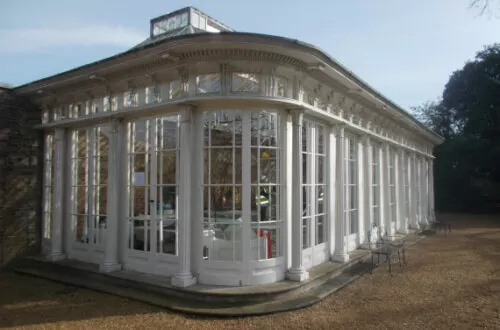H+R is an independent team of building professionals, specialist consultants and damp surveyors with over 30 years of industry experience in building investigation and remedial specification for recently built or older historic buildings.
We provide expert advice and assistance for any rising damp and timber decay issues affecting your private or commercial property. We recommend specialised and environmentally friendly solutions for the successful treatment of rising and penetrating damp, condensation and resultant mould growth and fungal and insect decay in buildings. Our proposed environmental control measures and monitoring techniques will be effective in dealing with any immediate problems and also ensure longer-term protection.
Specialist Damp Surveys
A specialist damp surveyor carries out to deliver both detailed information and clear, actionable recommendations that can be implemented straight away to remedy any defects as part of the refurbishment of all types of affected buildings.
The assessment of how the building envelope and its internal environment are affected by moisture will take into account building materials, and construction methods, including any alterations, as well as the ground and surface drainage.
A damp surveyor will investigate all signs of water penetration and visible damp presence and their possible causes:
- Moisture and salt profiling of masonry, including sample analysis to establish hygroscopic and gravimetric moisture content, according to BRE Guidance Note 245
- Investigation of residual moisture after flood or fire retained in building materials
- Independent assessment of damp-proof installations and systems, according to BS 8102:2009
- Investigation of condensation risks, in accordance with British Standard 5250 and assessment of exposure to wind-driven rain according to British Standard 5628
- Investigation of insulation and ventilation systems, including recording moisture levels of building elements and environment, in accordance with Building Regulations Parts C, F and L sensitive to a listed structure
Minimally Invasive Techniques
Our minimally invasive damp surveys can be conducted with the help of fibre optics and other electronic monitoring and measuring techniques. The survey report will detail our expert findings on the extent and causes of rising damp and penetrating damp detected in the building.
We then set out our professional recommendations for environmentally sound remediation measures that can be implemented immediately to manage the problem now and in the future. Building solutions typically involve dealing with moisture ingress and improving ventilation to prevent problems of ‘rising damp’ from recurring and can be dealt with by a competent non-specialist building contractor. For remedial work carried out to our specifications, we can provide collateral warranties, which are backed by professional indemnity insurance.
In some circumstances, we recommend the installation of a monitoring system, in conjunction with SOCOTEC Monitoring Team, for remote monitoring purposes to see how the building performs in all weather conditions throughout the year. A powerful tool for the effective management and maintenance of the building subsequent to successful remedial repair works, this is a professional building solution that can save time, materials and money in the long run.
Damp Survey FAQs
-
How does damp affect timber?
-
Damp not only has the potential to be extremely destructive to timber, but it can also be expensive to remedy. Damp is generally caused by a build-up of excess moisture within a building which can arise from internal or external sources.
- Rising damp occurs when water from the ground ‘wicks’ upwards through bricks and mortar, affecting the structural integrity of the timber through moisture ingress.
- Penetrating damp through cracked bricks or renders, defect guttering or roofing, will lead to moisture finding its way into the interior of the building, causing timber decay.
- Condensation occurs as a result of the excess moisture inside a building that has nowhere to escape to. Warm moist air condensing onto colder surfaces will eventually lead to black mould and timber decay.
- Wet rot and dry rot both thrive in damp conditions. These wood-destroying fungal infestations attack the timber leading to decay.
The ideal moisture content of timber should be 16-18%. Once the source of damp has been identified and remedied, the area should be ventilated, while the timber should be segregated from other damp materials by way of air space or a damp-proof membrane to allow for free air movement.
-
How do H+R deal with penetrating damp?
-
How do H+R deal with rising damp?
Damp Surveys Case Studies
Damp Survey Gallery

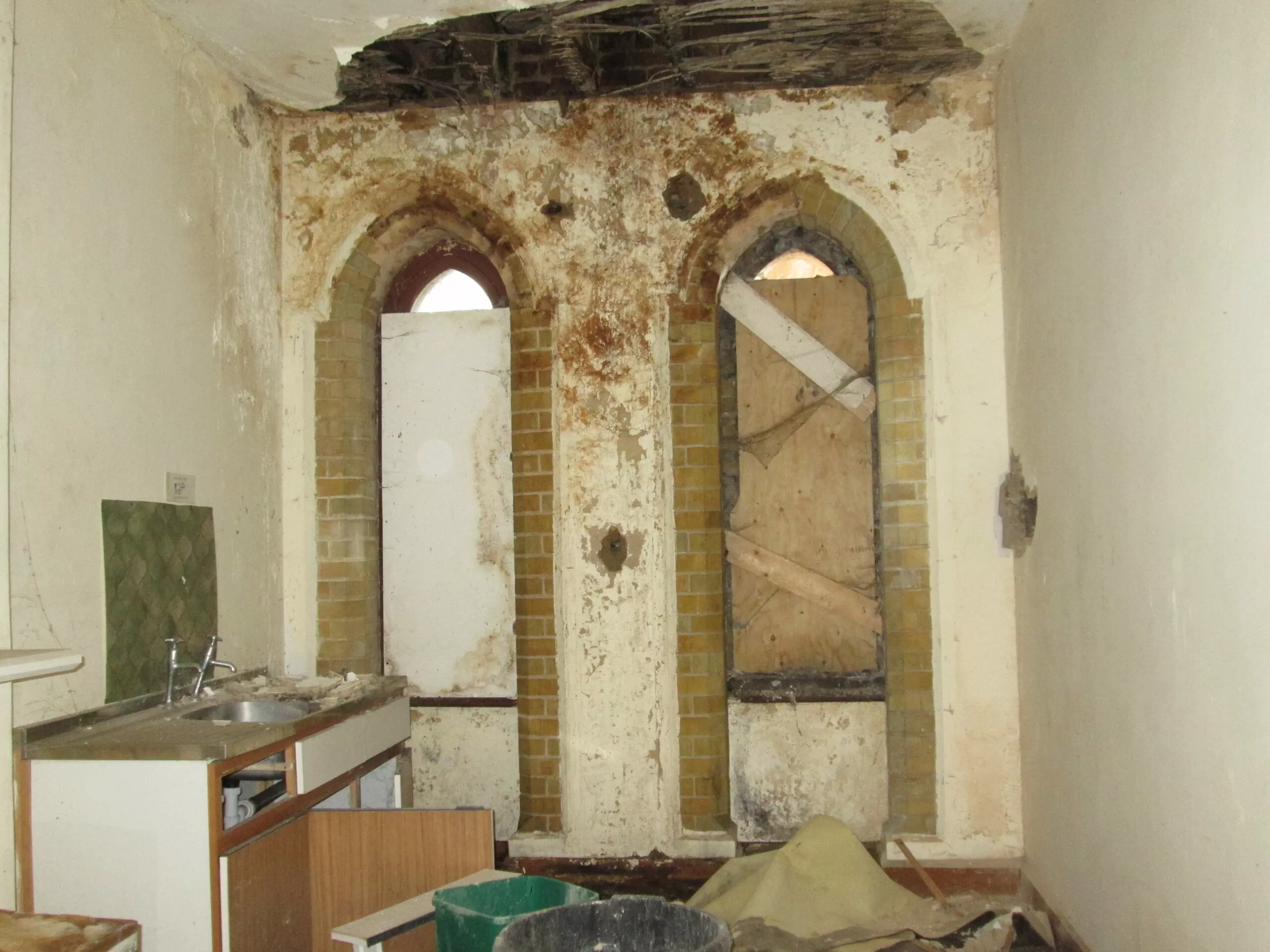

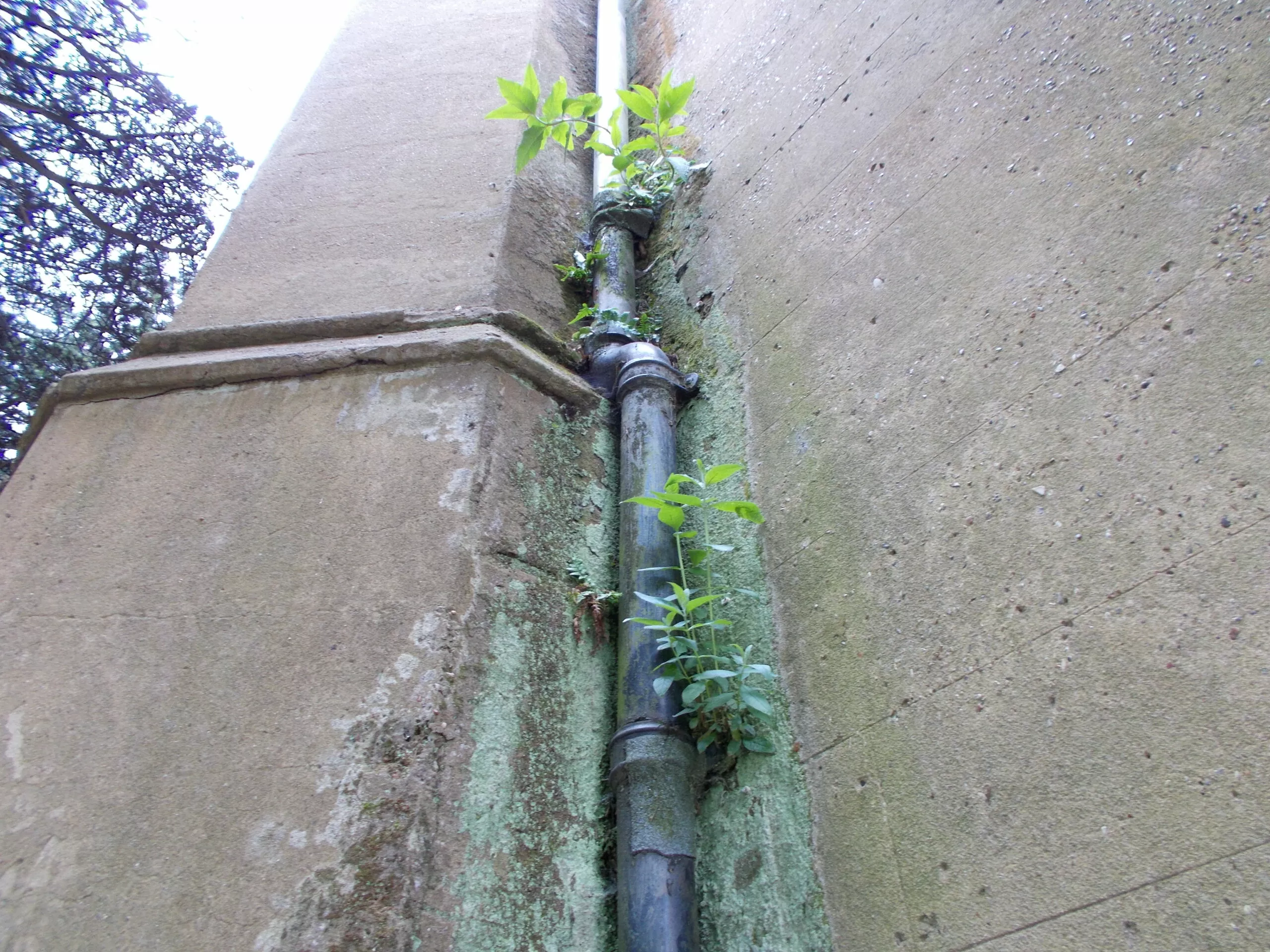
Need a Damp Survey?
Get in touch today
Main Office:
Netley House, Gomshall, Guildford, Surrey, GU5 9QA
T: 01483 203 221
E: ei@handr.co.uk
Testimonials

I have known and seen work undertaken by Hutton+Rostron for over 20 years. I have always been impressed by their professional approach and depth of knowledge in the field of building surveys and pathology.
When it comes to seeking expert advice on the condition of the timber in an old building we turn to Hutton+Rostron whom we know we can rely upon to give a thorough and efficient appraisal which we can then use to develop the scope of the repairs.
We have worked with Hutton + Rostron over many years now, and find them knowledgeable, professional, helpful and practical. They understand both the needs of historic buildings and the forces driving their alteration, which means that their expert advice is always framed in a suitable way. We greatly enjoy our relationship with them, and look forward to many more years of collaboration.
H+R have provided a great service; I’m particularly happy with the high level of technical knowledge of their staff and willingness to take time to explain what they are doing and why. I thoroughly recommend them.
Squire and Partners have worked closely with Hutton + Rostron on a number of projects, including the UNISON Headquarters and 74 St James’s Street.
We have been impressed by their depth of knowledge of historic buildings and look forward to working with them again in the future.
Having worked as Project Manager on a number of high-value, listed houses, there is in my opinion clear benefit and value to a project in having H+R on board at the earliest stage possible.
Understanding the hidden condition of a historic building is crucial in making accurate budget and programme estimations. Hutton + Rostron provide an unrivalled service in this sector allowing us to make informed decisions and mitigate the risks of historic building fabric before they materialise. Hutton + Rostron have provided input on a number of Walton Wanger projects, providing us with a range of environmental investigations, which have enabled the design process and contract negotiations to be more accurate and more robust.
Hutton + Rostron and Sandberg have enjoyed a long standing and valued professional relationship and expect this to continue and develop in the future. Our work together ranges from the routine to the quirky, with the latter often being the most fascinating and therefore enjoyable!
Now that we have reached the end of the works at Great Portland Street, I would like to thank you and your team for all your efforts. The reports on existing condition provided by the team at Hutton + Rostron were invaluable and helped us de-risk the project for GPE. Equally your assistance throughout the project where unforeseen issues arose was gratefully received.
A full service through pre-construction, construction and early occupation.
Get in Touch with H+R
For more information contact our team on 01483 203221 or request a call back by clicking on the button below.

